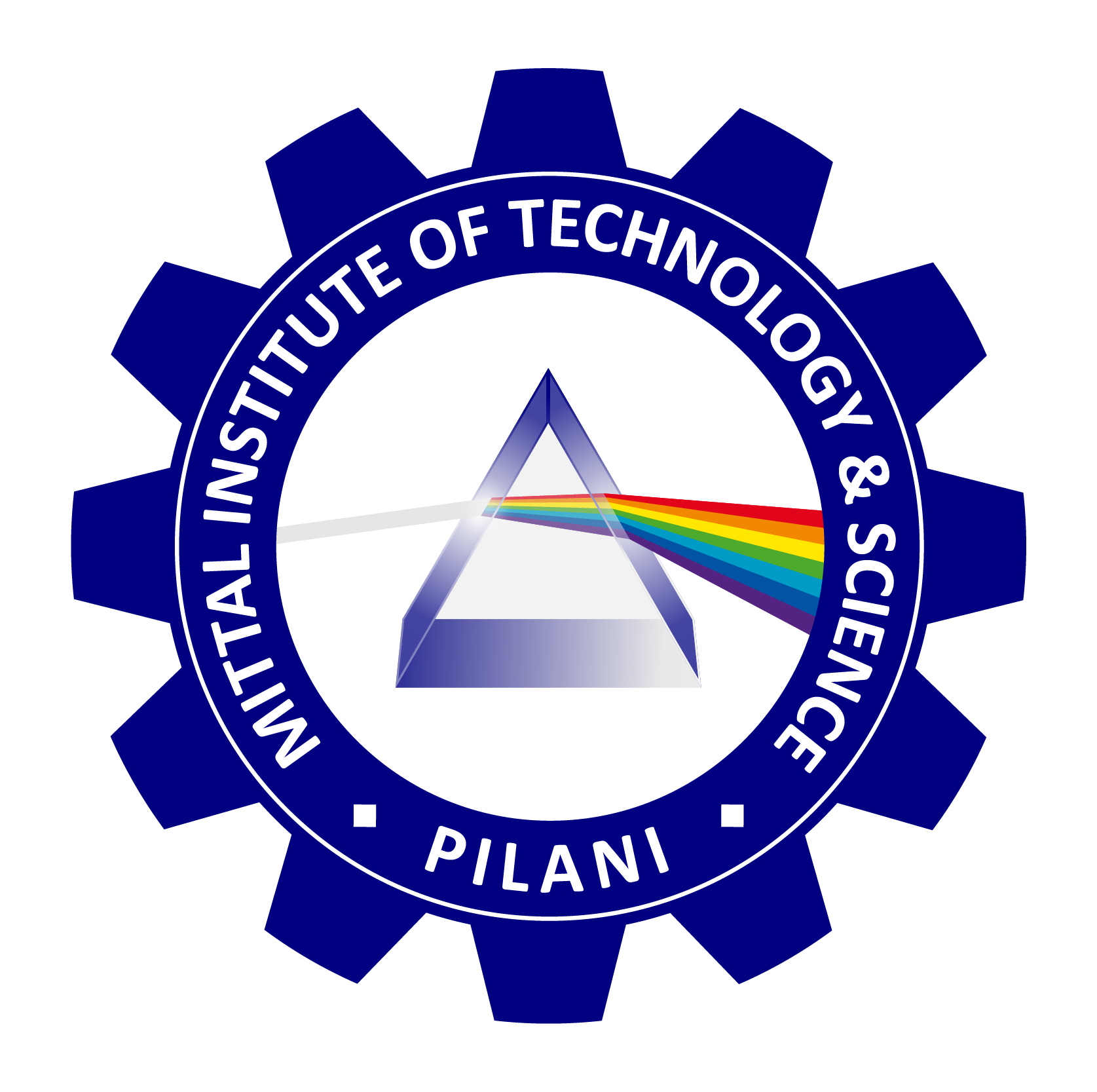
MITTAL INSTITUTE OF TECHNOLOGY & SCIENCE, PILANI
Deep Learning: An Overview
Introduction
Deep learning has emerged as a transformative force in the field of artificial intelligence (AI) and machine learning (ML). Rooted in the concept of artificial neural networks (ANNs), deep learning enables computers to learn and make intelligent decisions by modeling complex patterns in data. With its groundbreaking results in computer vision, natural language processing, reinforcement learning, and autonomous systems, deep learning has revolutionized numerous applications in healthcare, finance, robotics, and other domains.
This essay provides an analysis of deep learning, covering its fundamental concepts, architectures, optimization challenges, interpretability issues, and future directions.
Fundamental Concepts
At the core of deep learning lies the artificial neural network, inspired by the human brain’s structure. A deep neural network (DNN) consists of multiple layers of interconnected nodes (neurons) that transform input data through nonlinear functions. These layers can be broadly classified as the input layer, hidden layers, and output layer. Deep learning distinguishes itself from traditional neural networks by utilizing many hidden layers (hence the term “deep”) to capture hierarchical representations of data.
The success of deep learning is attributed to several key innovations:
- Activation Functions: Nonlinear activation functions, such as ReLU (Rectified Linear Unit), Leaky ReLU, and Swish, allow deep networks to model complex, nonlinear relationships in the data. Without such nonlinearities, networks would behave like simple linear models, lacking representational power.
- Backpropagation and Gradient Descent: The learning process in deep networks is driven by backpropagation, where the error is propagated backward through the network to adjust the weights using the chain rule of calculus. This optimization process is typically performed using stochastic gradient descent (SGD) or its variants (e.g., Adam, RMSprop), where the network iteratively minimizes the loss function by updating the weights.
- Regularization Techniques: To mitigate overfitting, techniques such as dropout, weight decay, and batch normalization have been introduced. These methods prevent the network from memorizing the training data, promoting generalization to unseen data.
Deep Learning Architectures
Various deep learning architectures have been developed to tackle different types of data and tasks. The following architectures have become foundational in modern AI systems:
- Convolutional Neural Networks (CNNs): CNNs have demonstrated tremendous success in tasks involving spatial data, such as images and video. They utilize convolutional layers that apply filters to capture local patterns (e.g., edges, textures) and pooling layers to reduce spatial dimensions. CNNs have achieved state-of-the-art performance in image classification (e.g., ImageNet), object detection, and semantic segmentation.
- Recurrent Neural Networks (RNNs): RNNs are designed to handle sequential data, making them suitable for tasks like natural language processing (NLP) and time-series analysis. The key feature of RNNs is their ability to maintain a memory of past inputs through recurrent connections. However, traditional RNNs suffer from vanishing gradient problems, limiting their ability to capture long-term dependencies. This issue has been addressed by advanced architectures like Long Short-Term Memory (LSTM) networks and Gated Recurrent Units (GRUs).
- Transformers: Transformers have revolutionized NLP with their attention mechanisms, which allow the model to focus on different parts of the input sequence without relying on recurrence. The architecture introduced by Vaswani et al. (2017) has since led to models like BERT (Bidirectional Encoder Representations from Transformers) and GPT (Generative Pre-trained Transformer), achieving breakthroughs in language understanding, translation, and generation tasks. Transformers have also been applied in vision tasks, e.g., Vision Transformers (ViTs), which process images as sequences of patches.
- Generative Adversarial Networks (GANs): GANs consist of two networks: a generator and a discriminator, which are trained in a competitive manner. The generator creates synthetic data, while the discriminator evaluates its authenticity. This adversarial training leads to the generation of highly realistic data, making GANs invaluable for image synthesis, style transfer, and unsupervised learning.
- Autoencoders: Autoencoders are unsupervised learning models that encode input data into a compressed representation and then decode it back to reconstruct the original data. They have been used for tasks like dimensionality reduction, anomaly detection, and data denoising. Variational Autoencoders (VAEs) extend this concept by introducing a probabilistic framework for generative modeling.
Optimization Challenges
Training deep networks is computationally expensive and can be prone to various optimization challenges:
- Vanishing and Exploding Gradients: Deep networks with many layers often suffer from vanishing or exploding gradients during backpropagation, especially in RNNs. Gradient clipping and careful initialization (e.g., Xavier or He initialization) have been proposed to alleviate these issues.
- Overfitting: Deep models have an enormous capacity to memorize training data, leading to poor generalization on unseen data. Regularization techniques (e.g., dropout) and early stopping are critical to combat overfitting.
- Data Scarcity: Deep learning models typically require vast amounts of labeled data for training. In domains where labeled data is scarce, transfer learning, data augmentation, and semi-supervised learning techniques are employed to improve performance.
Interpretability and Explainability
Despite their impressive performance, deep learning models are often criticized for being “black boxes” due to their lack of interpretability. This raises concerns in high-stakes applications such as healthcare and finance, where understanding model decisions is crucial. Researchers have developed several techniques to enhance interpretability:
- Saliency Maps and Grad-CAM: These methods highlight the input regions most influential in a model’s decision, providing insights into which features the model considers important.
- LIME and SHAP: Local Interpretable Model-agnostic Explanations (LIME) and SHapley Additive exPlanations (SHAP) provide model-agnostic techniques for interpreting predictions by approximating the behavior of the complex model with simpler, interpretable models.
- Model Compression: Techniques like knowledge distillation and pruning can reduce model complexity, making them more interpretable while retaining performance.
Future Directions
The field of deep learning is advancing rapidly, and several key areas are likely to shape its future:
- Neurosymbolic AI: A hybrid approach combining the pattern recognition power of deep learning with the logical reasoning capabilities of symbolic AI could lead to more robust, explainable systems.
- Few-Shot and Zero-Shot Learning: Training models that can generalize from a small number of examples or even without any task-specific data is a major challenge. Advances in meta-learning and self-supervised learning are paving the way for these capabilities.
- Energy Efficiency: As deep learning models become larger and more computationally expensive (e.g., GPT-4), energy efficiency is becoming a critical concern. Research into more efficient architectures and training algorithms is crucial for sustainable AI development.
- Ethics and Fairness: Bias in deep learning models is a significant ethical challenge, particularly in applications like facial recognition and hiring algorithms. Research in fairness-aware learning and debiasing techniques is essential to mitigate the social impact of AI systems.
Deep learning has undoubtedly revolutionized the field of artificial intelligence, offering unparalleled performance in a wide array of tasks. However, it comes with challenges, particularly in optimization, interpretability, and ethical concerns. As the field continues to evolve, addressing these challenges will be critical to unlocking the full potential of deep learning. For advanced computer scientists and AI professors, a deep understanding of these issues is essential not only to drive future innovations but also to ensure that AI systems are safe, transparent, and beneficial for society.

Professor Rakesh Mittal
Computer Science
Director
Mittal Institute of Technology & Science, Pilani, India and Clearwater, Florida, USA
